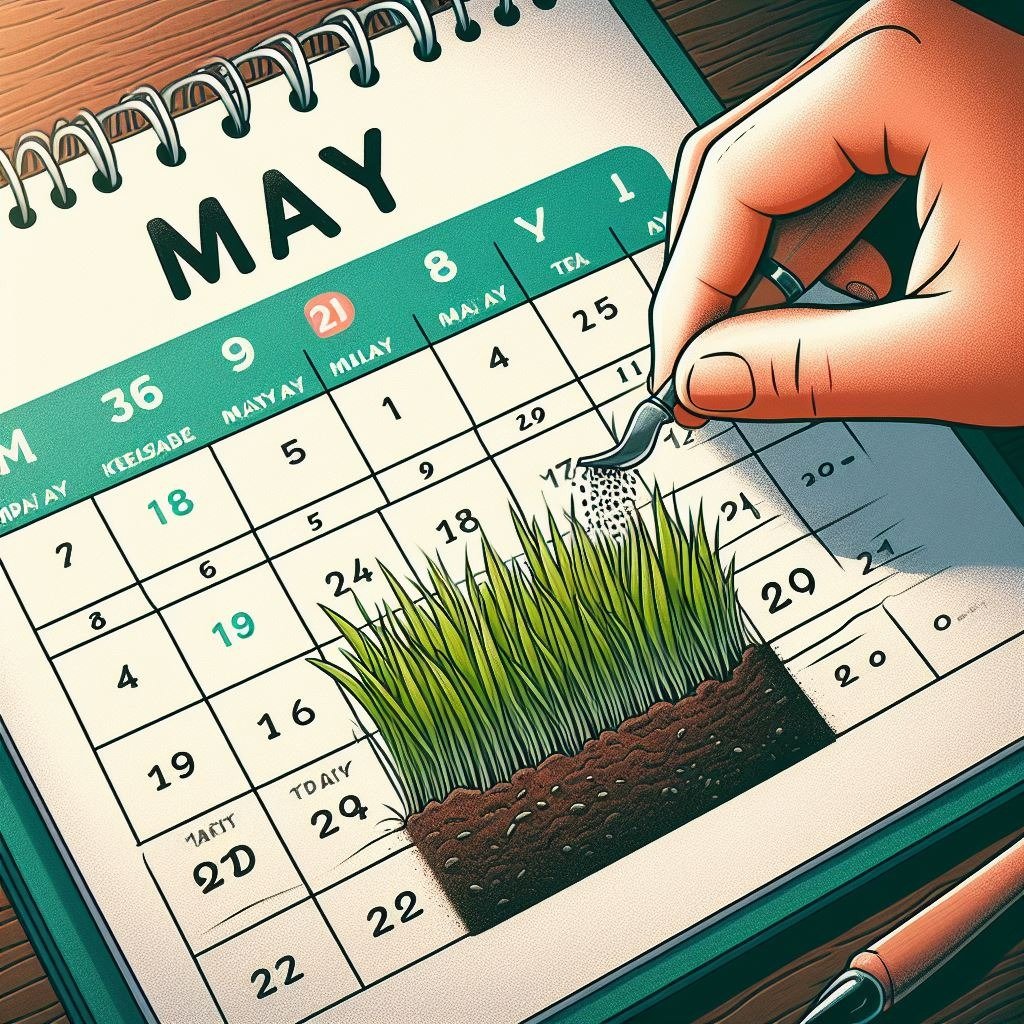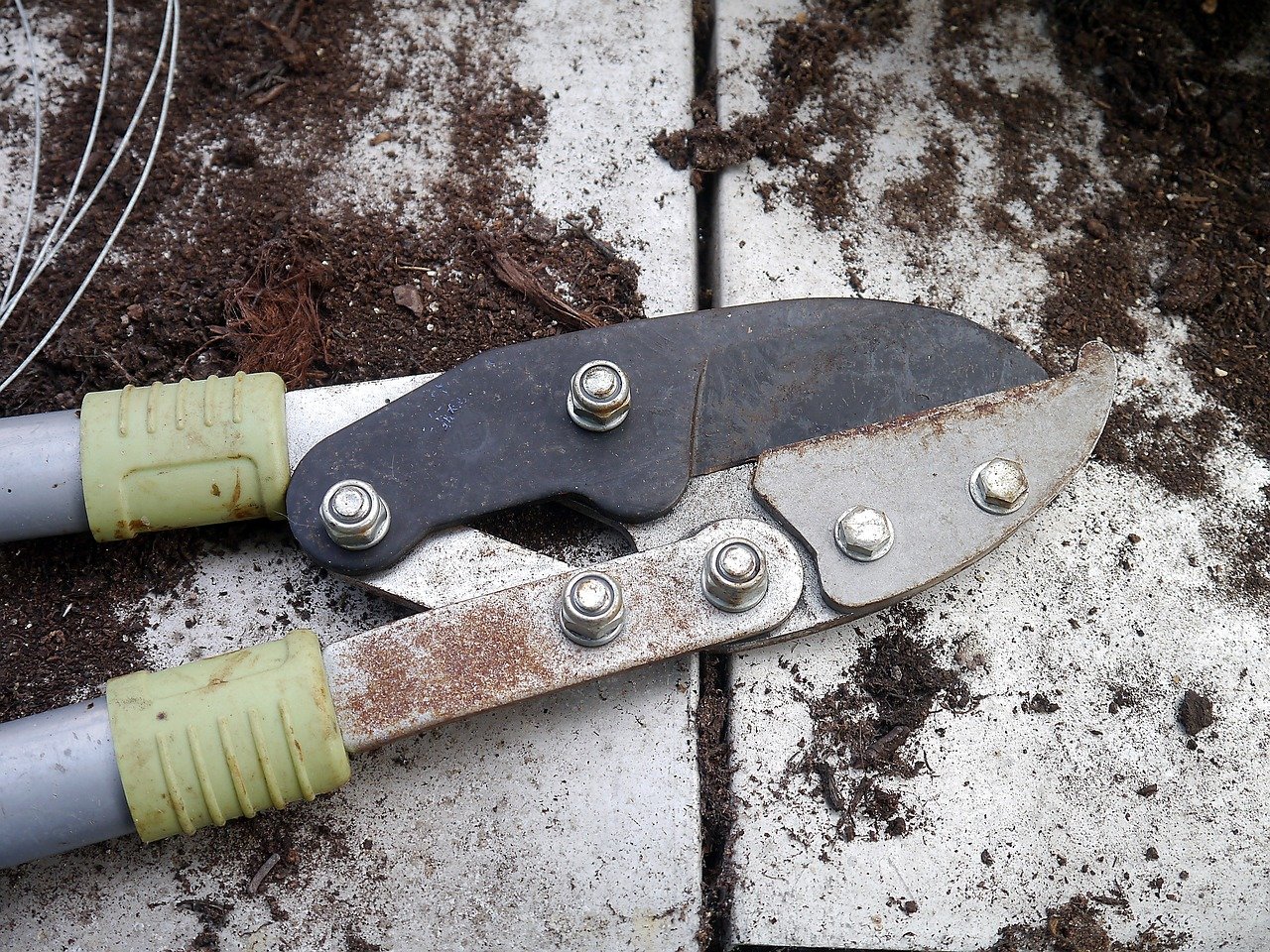
Timing is everything. When to plant strawberries for a great harvesting season is what you should worry about
When to plant strawberries In this book called “The Plot Hero’s Guide,” you are going to learn about the strategic

This is the image that the homeowners envision their turf lawns to resemble. The thick green space, like the one lying on the high-quality carpet, will certainly bring contentment and satisfaction to the owners. But such a lawn should be well planned to attain it. This is one of the key factors that can determine the failure or success of your lawn when to plant grass seeds. Whenever the right moment for grass seed planting is. Your grass is either lush or green or is just fragile and inadequate evergreen grass.
We will generate the guidance conditions for the best timing to plant grass seed, the elements and circumstances that decide the seeding time of grass. And the professional advice to investors on how to maximize the benefits of grass seed plantation. Indeed, when to begin planting the grass will be indicated by whether. You are implementing a new lawn or partaking in the maintenance of the already existing grass. This represents the key step for the landscaping to contribute to ecology in the long term.
Deciding the best time of year for having grass seed planted changes based on a range of aspects. Namely the regional climate, the type of grass, and the objectives for the lawn.
It would be right to say that the matter of when to plant grass seed requires one’s attention to the issues listed above. So that seeding is planted in the right amount of time. To make sure each lawn opts for a green uniform lawn.
The time of seeding on grass in your locality is also determined by the climate zone where you live. Individual species of grasses develop best in different climatic conditions. And the stages of flowering can be greatly different as well. For instance, fescue and bluegrass that thrive mostly during cool seasons are typically planted in the fall. Above the other varieties of warm-season turfs. Such as Bermuda and Zoysia that are principally grown during spring or early summers.
And sufficiently essential for a newly launched grass seed. Unless the fall months in your area are known to have a good amount of rainfall. Test the seeds in the summer months, individually or in rows. Collaborate with the concerned farmers in your area to generate an accurate prediction of when the seeds will mature. Ideally, you should seed the lawn at the moment when the grass is frequently exposed to rain or any other reliable source of moisture. That facilitates the critical stage of germination, sprouting, and further growth.
Your exact goals under the lawn can also guide you when you are planting grass seeds. If you’re planning to forge a new lawn, the seeding schedule will not be the same as that of overseeing a previous lawn. Overseeding in the fall, which simply aids in adding new grass seed to the existing lawn, is one of the most widely used methods to capitalize on the excellent weather conditions and adequate moisture that are in favor of the grass.
Given all these, it is time to consider the appropriate seasons of the year for various grass types and situations on the lawn.
During this season, cool-season grasses are usually planted, being the most time-efficient. During this time, the soil stays warm and the temperatures in the air are cool, thus creating an atmosphere suitable for the seed to sprout and establish. Additionally, the increased moisture that arises from autumn rainfall or irrigation ensures that any new grass seedlings have the basis to take root and proliferate.
Cool-season grasses (fescue, bluegrass, and ryegrass): The Last Week of August and the Week of October
Oversees existing cool-season lawns from September through October, and some species’ arrival may extend into November.
However, fall is the most suitable period for the plantain grass, but spring can also serve the same purpose for a warm-season variety of grass. In the springtime, the soil is gradually heating up, and the lengthened sunlight hours and rising precipitation create an ideal environment for beginning the germination and development of the grass.
Planting grass seed during the wrong season can create a temporary seedbed for weeds even in the best soil conditions, such as slow germination, stunted growth, and a higher possibility of damage from powdery mildew. Some of the common symptoms of improper grass seed planting timing include:
To ensure the best possible outcome when planting grass seed, consider the following tips:
Understanding the appropriate time to plant grass seed is one of the important elements for creating and maintaining a fabulous turf. Gardeners and owners can determine planting times that are best for their specific environments by acquiring the knowledge that contributes to those decisions, which will help them to remain happy with their landscape throughout its long lifecycle.

Grass seed planting during the summer’s hottest period is a no-go, unless you’re prepared to water as necessary. The challenge is to add to the heat the bill of two arms resulting from drought conditions that will make the grass seedlings too premature so that they establish properly. If you have to do planting in the summer, be ready to give deeper irrigation and support the grass as it forms. It might be difficult to do this. This will ensure its long-term viability.

When to plant strawberries In this book called “The Plot Hero’s Guide,” you are going to learn about the strategic

Best Pruner Anyone who enjoys maintaining a lovely garden knows you should choose the best pruners. Pruners are some of